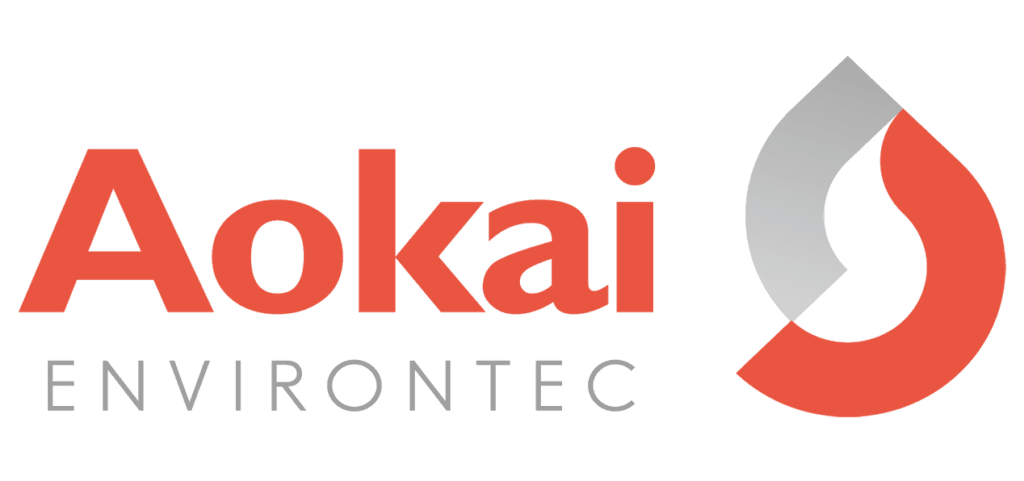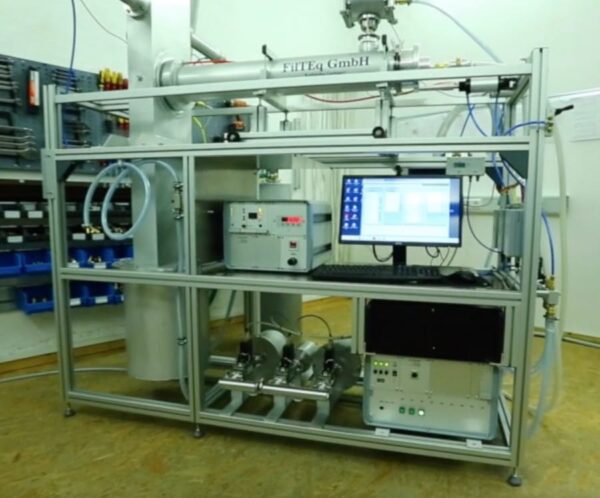Service Objectives
Is your dust collector underperforming? Are you facing unexpected filter bag failures or struggling with high energy costs? Do you know what media to choose and when to replace your filter bags? Aokai Environtec’s Filter Bag Testing & Analysis Service provides the scientific data you need to maximize the life and efficiency of your filtration system.





